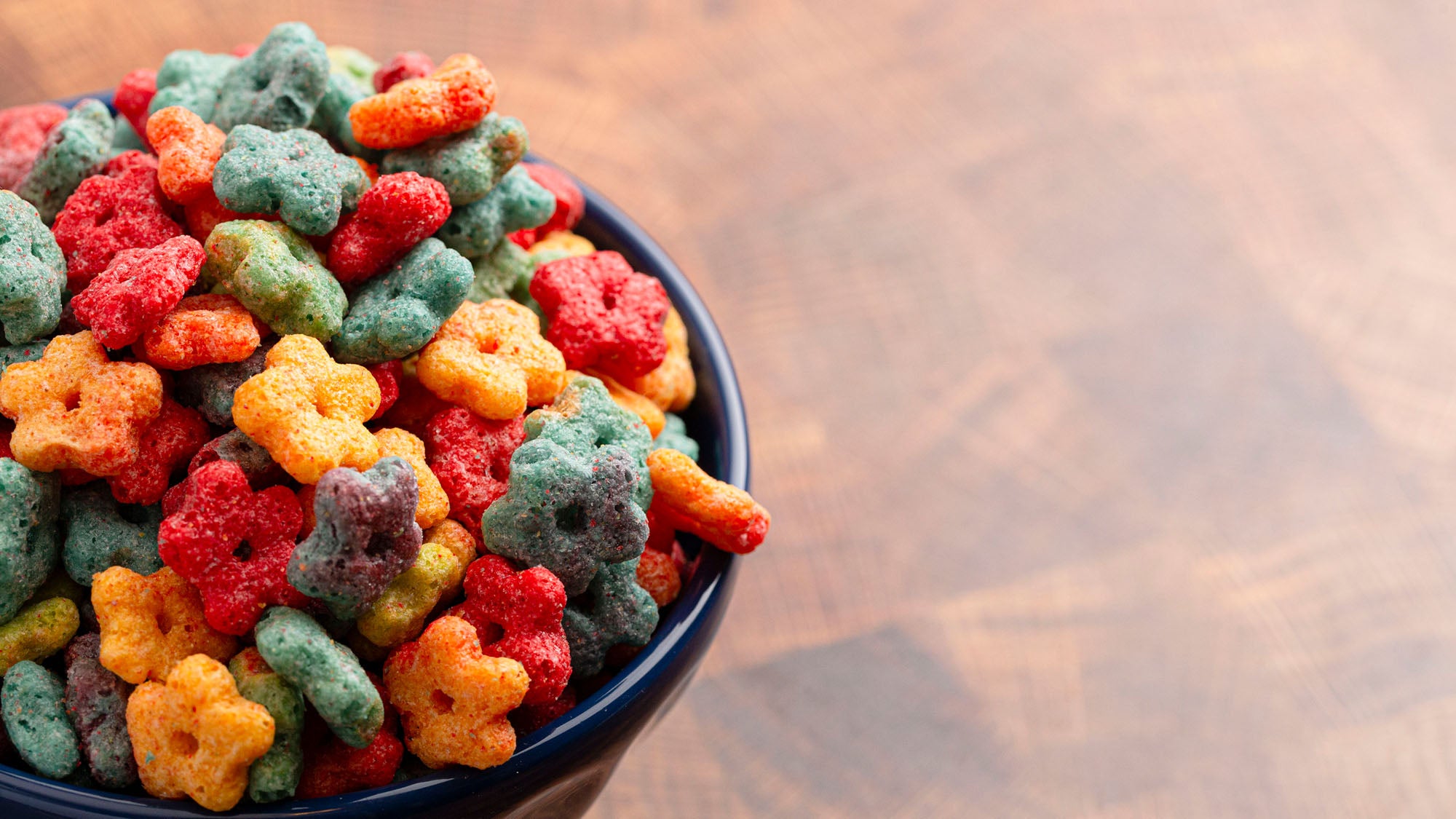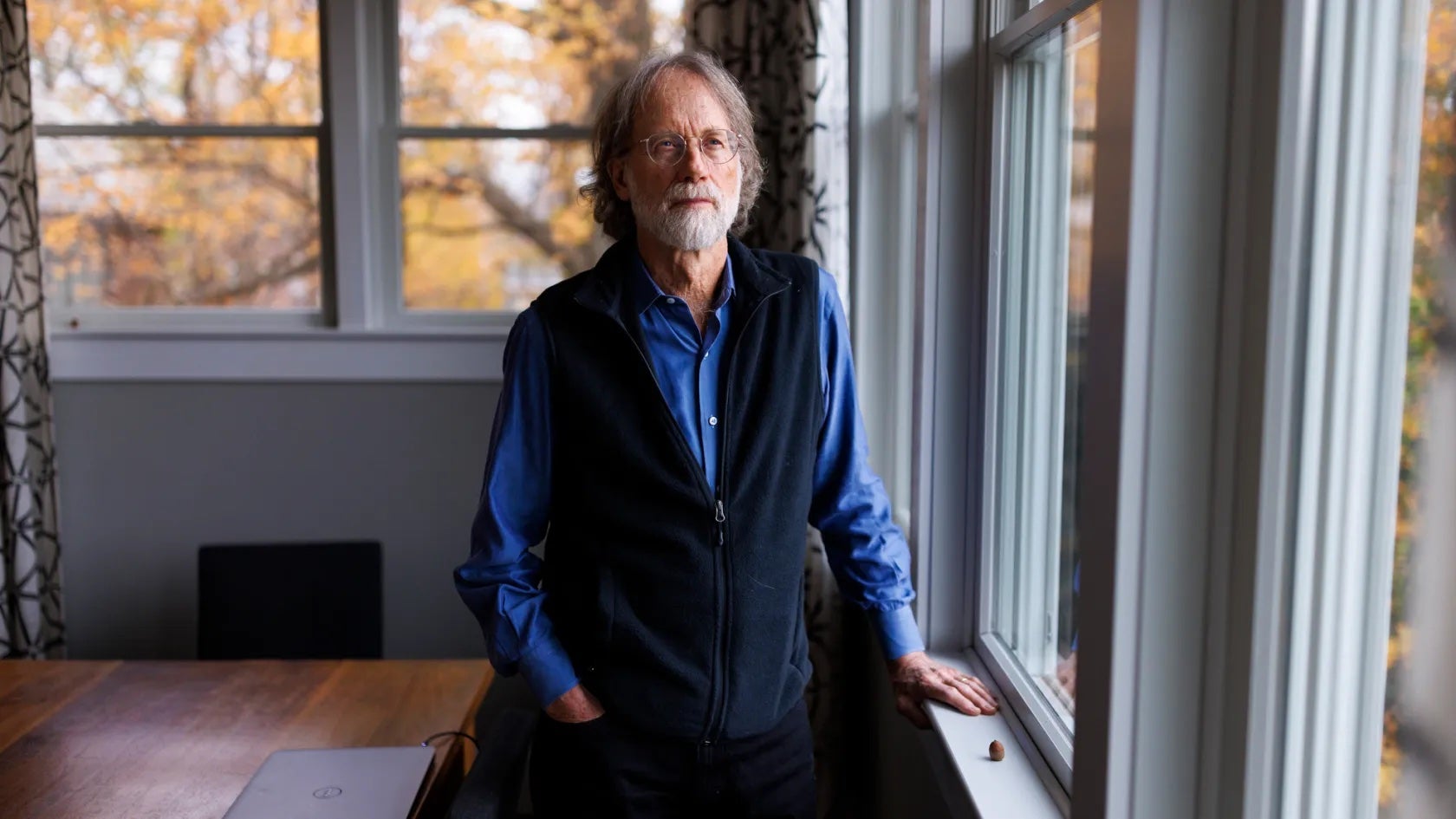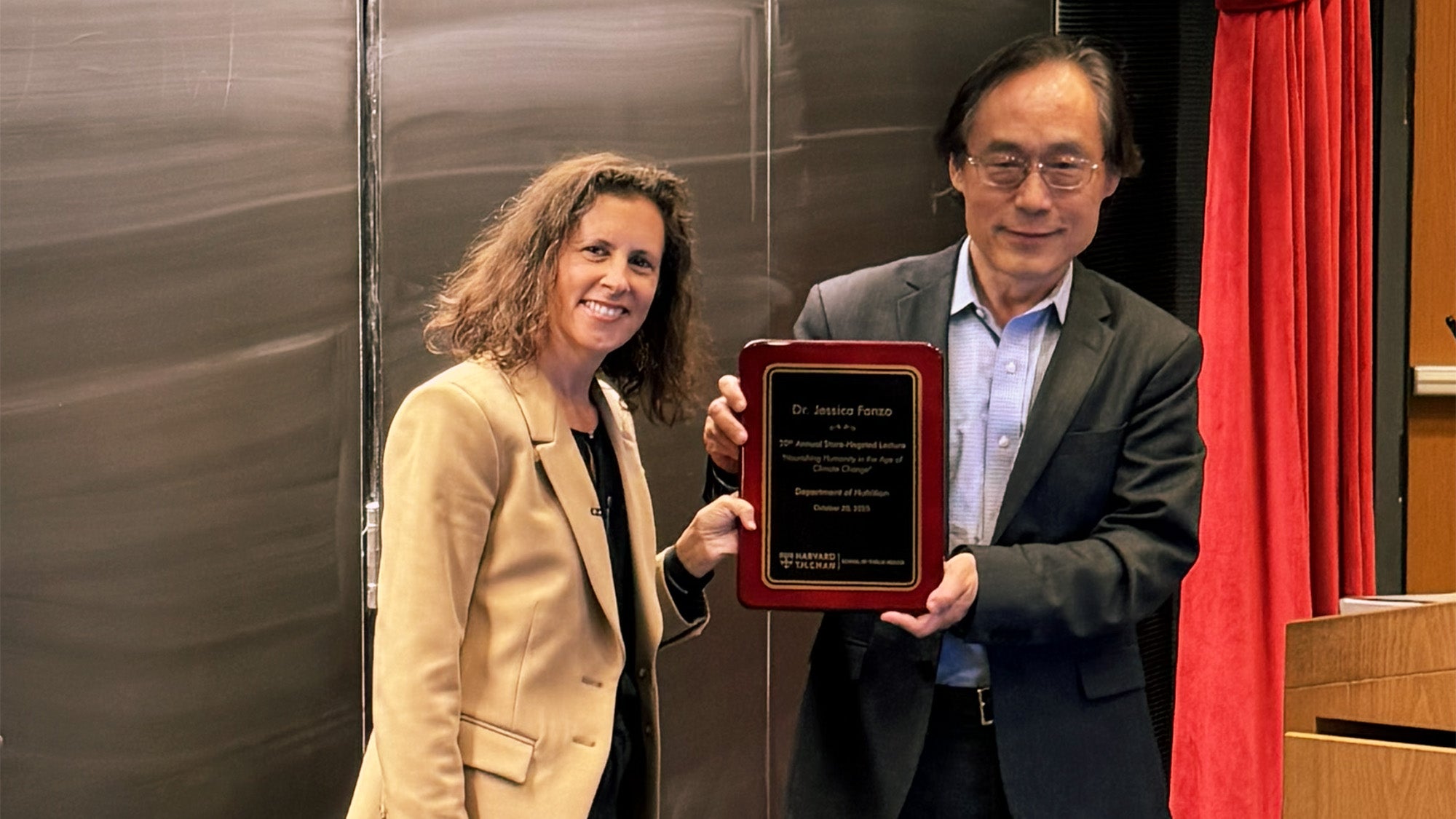Removing artificial additives from the U.S. food supply

For decades, a regulatory loophole in the U.S. has allowed food companies to use ingredients—including artificial dyes—that have not been reviewed for safety. But there’s a move afoot to close that loophole, which could help protect public health, according to experts.
The U.S. Department of Health and Human Services has asked the Food and Drug Administration (FDA) to close the “GRAS loophole,” legislation passed in 1958 that allows food manufacturers to bypass FDA review when using additives that are “generally regarded as safe.” The problem is that companies have since exploited the rule, deciding on their own that it also applies to unproven new additives, explained Jerold Mande, adjunct professor of nutrition at Harvard T.H. Chan School of Public Health, in a March 18 Everyday Health article.
“Allowing companies to make this decision rather than FDA is a problem because companies have a conflict of interest—their focus is making money,” Mande said.
He added, “Consumers are better protected when the individual deciding the safety of chemical food additives is a government scientist who works for us and whose job it is to protect the public safety, rather than a company executive whose job it is to increase company profits.”
Mande was also quoted in a March 29 CNN article about increased efforts by states to pass legislation restricting the use of artificial food dyes. “It is a shift, and it’s remarkable,” he said. “So many Americans are sick, and that illness is not partisan. It affects people of all incomes, of all beliefs.”
Read the Everyday Health article: RFK Jr. Asks Food Companies to Stop Using Artificial Dyes
Read the CNN article: Over half of US states are trying to eliminate food dyes. Here’s what you can do now


